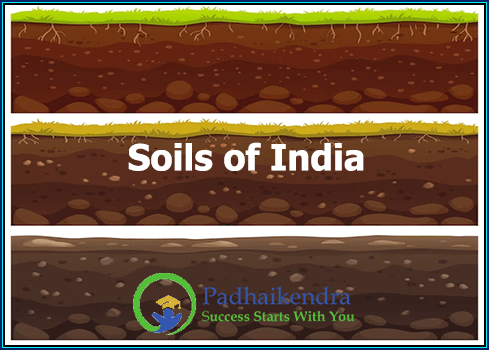India has a diverse range of soils, which can be broadly classified into the following categories:
- Alluvial Soil: This is the most common soil found in India, covering about 40% of the total land area. It is formed by the deposition of silt, clay, and sand by rivers and is very fertile. It is found in the Indo-Gangetic plain and along the river valleys.
- Black Soil: Also known as regur soil, this type of soil is found in the Deccan plateau region of India, covering parts of Maharashtra, Gujarat, Madhya Pradesh, and Andhra Pradesh. It is rich in iron, lime, and magnesium, making it very fertile for cotton, wheat, and sugarcane cultivation.
- Red Soil: This type of soil is found in areas with low rainfall, particularly in the eastern and southern parts of India. It is rich in iron, but poor in nitrogen, phosphorus, and organic matter. This soil is suitable for the cultivation of cash crops like groundnut, cotton, and tobacco.
- Laterite Soil: This soil is found in areas with high rainfall, particularly in the western ghats of India. It is rich in iron and aluminum, but poor in nitrogen and phosphorus. This soil is suitable for the cultivation of tea, coffee, and rubber.
- Mountain Soil: This type of soil is found in the hilly and mountainous regions of India, particularly in the Himalayas. It is formed by the weathering of rocks and is rich in humus and minerals. This soil is suitable for the cultivation of fruits, vegetables, and flowers.
Overall, the diverse range of soils found in India provides ample opportunities for agriculture and horticulture.





